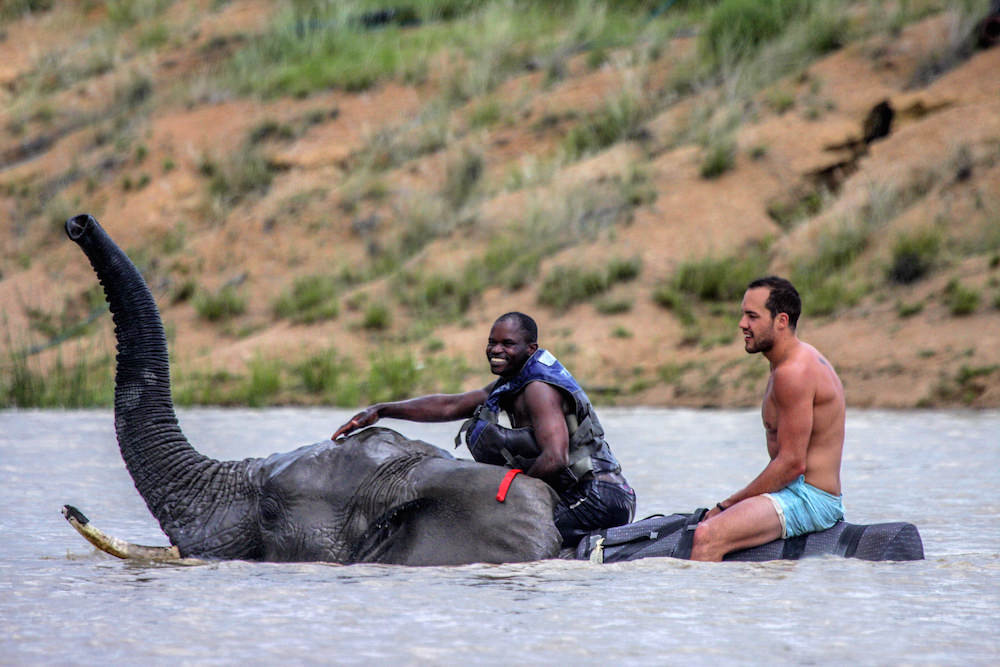Silke von Eynern and Rodney Williams established Bambelela in December 2003. Their original objective was to reintroduce game into the Groot Nylsoog area of the Waterberg. They purchased five Blue Wildebeest, but upon their arrival quickly determined that the animals were only a couple of days old. One died that first night; however, with the advice and assistance of Brian Jones from Moholoholo (“The Very Great One”) Rehab in Hoedspruit, they managed to pull the other four through.
From that rocky start, they began taking over the care of animals from Moholoholo that were almost ready for release back into the wild and in doing so, recognized their true calling: to help wild animals in need. People from the Waterberg district learned of their work and started to call upon them for help, as did the veterinarians from the region. They became well known and well regarded as a Rehabilitation Centre and have successfully rehabilitated and released many species of antelope, including Eland, Kudu, Impala, Red Hartebeest, and Nyala, Blue Wildebeest, warthogs, bush pigs, Serval cats, zebra, yellow-billed Kites, black-back jackals, porcupines, and many more.
Then, by chance, their hearts were touched by a Vervet monkey. It was found abandoned in a cage on a property outside Bela Bela, which was for sale. The owners had already departed, so the estate agent brought the young, female Vervet to Bambelela. A few days later, a neighbour dropped off a younger Vervet. Then, a Vervet baby was taken away from someone in Naboomspruit and he ended up at Bambelela, too.
The spark of interest in Primatology was ignited! Silke began her quest for knowledge about these special creatures, how to hand-raise them, how to build appropriate enclosures or camps for them, how to feed them, and how to prepare them for release back into the wild. She is exceedingly grateful to Rita Miljo from C.A.R.E., the baboon rehabilitation centre in Phalaborwa, for her mentorship all along the way.
Bambelela is now home to over 100 Vervet monkeys, necessitating a team of FGASA students, field guides and volunteers from around the world to join Silke and Rodney in their work with these monkeys and all the other wildlife that comes to Bambelela for rehabilitation. They work in close collaboration with Marius du Toit, the veterinarian from Bela Bela and Bambelela functions as a transfer station for orphaned or injured baboons in the Waterberg district. It is hoped that one day soon, Bambelela will be officially recognized as a Rehabilitation Centre and Sanctuary for Vervet monkeys in Limpopo
































































